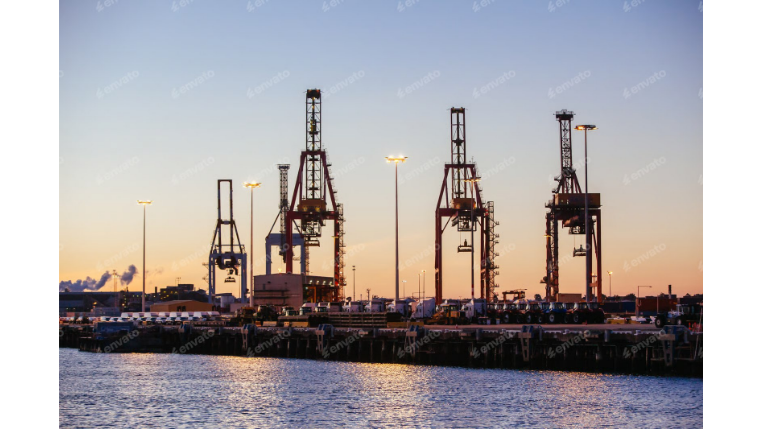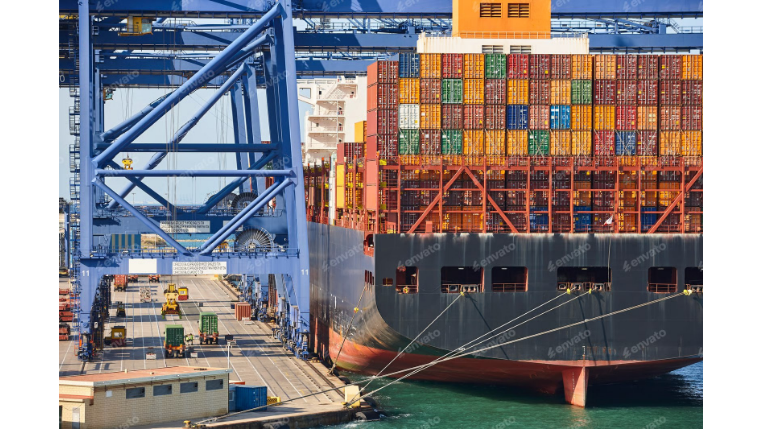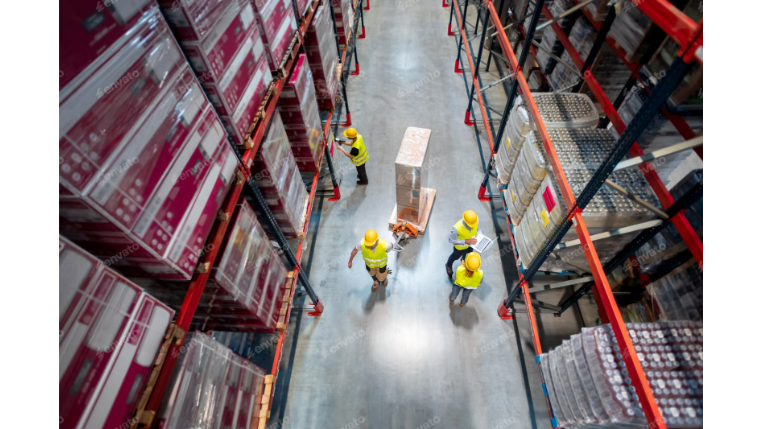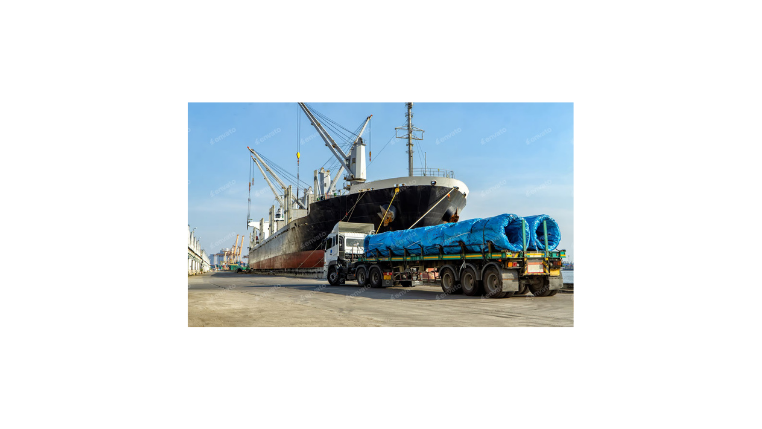This comprehensive guide will explain the fundamental role of container tracking, delving into its key benefits and demonstrating why it is a foundational component of a resilient and efficient supply chain.
The Critical Role of Container Tracking
Container tracking is the process of monitoring the real-time location and status of a shipping container as it moves through the supply chain. In its simplest form, it provides an answer to the question: "Where is my cargo?" However, the strategic value of this information goes much deeper. Container tracking transforms a logistics network from a series of disconnected events into a transparent, predictable, and manageable system.
For logistics managers, this visibility is invaluable. It allows them to:
- Anticipate and Mitigate Disruptions: By knowing the precise location of a container, managers can anticipate potential delays caused by weather, port congestion, or customs issues.
- Optimize Routing: Data from tracking can be used to analyze shipping routes, identify inefficiencies, and make data-driven decisions to optimize future logistics plans.
- Enhance Collaboration: All stakeholders in the supply chain—from the manufacturer and the freight forwarder to the end customer—can access the same information, which fosters transparency and improves collaboration.
Without container tracking, businesses are forced to operate based on static schedules and estimates, leaving them vulnerable to unexpected delays and disruptions that can harm their bottom line and damage customer relationships.
Key Benefits of Container Tracking
The adoption of robust container tracking solutions offers a multitude of benefits that extend across the entire business.
1. Enhanced Visibility and Transparency
Real-time tracking provides an unprecedented level of visibility into your supply chain. You can see your cargo's journey from the moment it leaves the warehouse to the moment it arrives at its final destination. This enhanced visibility is crucial for making proactive decisions and keeping customers informed. It also increases transparency, which is a key factor in building trust with suppliers and customers.
2. Improved Security and Risk Management
A container in transit can be vulnerable to theft, damage, or other security risks. Modern tracking systems often include sensors that can monitor the container's condition, including temperature, humidity, and whether the doors have been opened. This allows for immediate alerts in case of a security breach or a change in environmental conditions that could damage the cargo. By proactively managing these risks, businesses can reduce losses and ensure the integrity of their shipments.
3. Proactive Problem Solving and ETA Accuracy
In logistics, an accurate Estimated Time of Arrival (ETA) is essential for planning. Container tracking provides dynamic, real-time ETAs that are far more accurate than traditional, static schedules. When a delay occurs, the system can provide instant alerts, allowing logistics managers to take proactive steps to reroute shipments, inform customers, or adjust inventory schedules. This proactive approach minimizes the impact of disruptions and keeps the supply chain running smoothly.
4. Optimized Inventory Management
For businesses, a key part of logistics management is knowing when new stock will arrive. With container tracking, you have a much clearer picture of your incoming inventory. This allows you to:
- Reduce Safety Stock: By having a reliable ETA, you can reduce the amount of safety stock you need to keep on hand, which lowers inventory costs.
- Improve Warehouse Operations: Accurate arrival times allow warehouse teams to plan for inbound shipments more efficiently, optimizing labor and space.
5. Increased Customer Satisfaction
In a world of two-day shipping, customers expect to be kept informed. Providing them with real-time updates on their order's journey is a powerful way to enhance their experience. This transparency builds trust and loyalty, and it can be a key differentiator in a competitive market. A customer who can track their package's progress feels more in control and is more likely to be satisfied with their purchase.
The Technology Behind Container Tracking
Modern container tracking systems are built on a combination of hardware and software. The most common technologies include:
- GPS and IoT Sensors: GPS trackers and IoT sensors are attached to the containers, providing real-time location data. These sensors can also monitor internal conditions like temperature and humidity.
- Data Integration: The data from these sensors is integrated with a central software platform, which synthesizes the information and provides a comprehensive view of the entire supply chain.
- Intermodal Visibility: The tracking software connects data from various modes of intermodal transport, including shipping lines, rail carriers, and trucking companies, providing a seamless view of the container's journey.
The combination of these technologies has created a powerful ecosystem for logistics visibility, which is now considered a best practice for any business involved in global trade.









